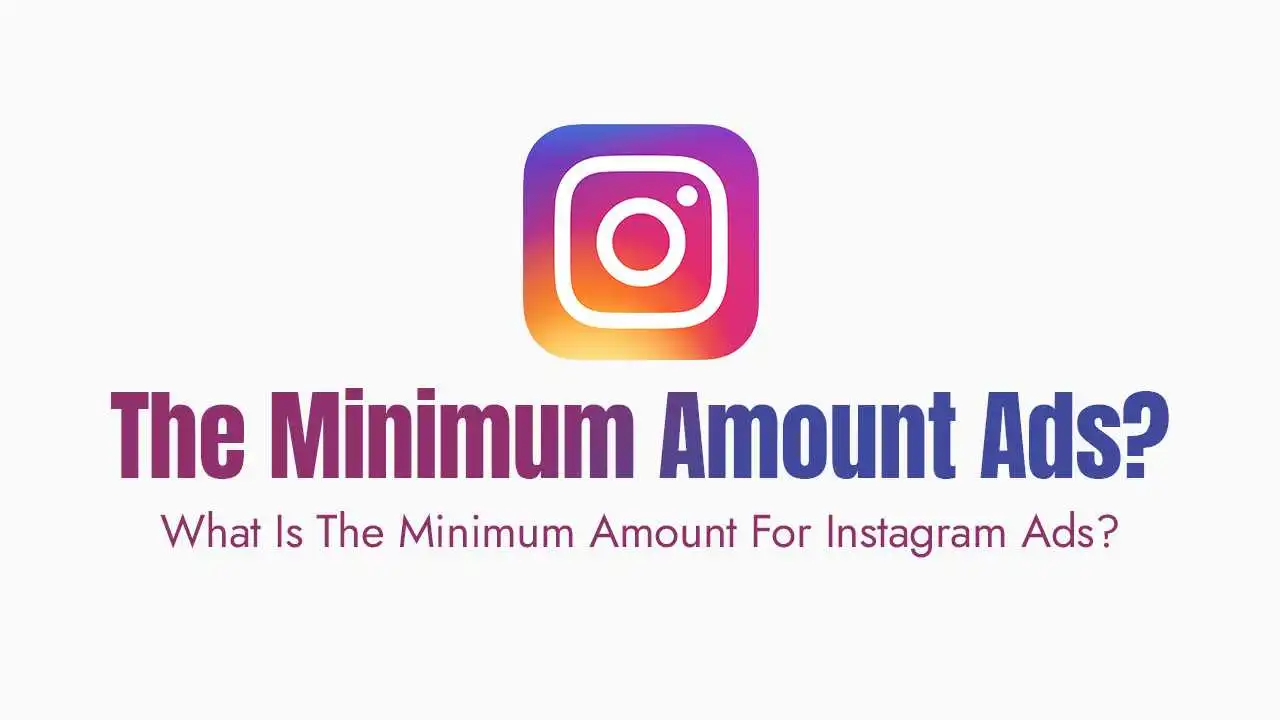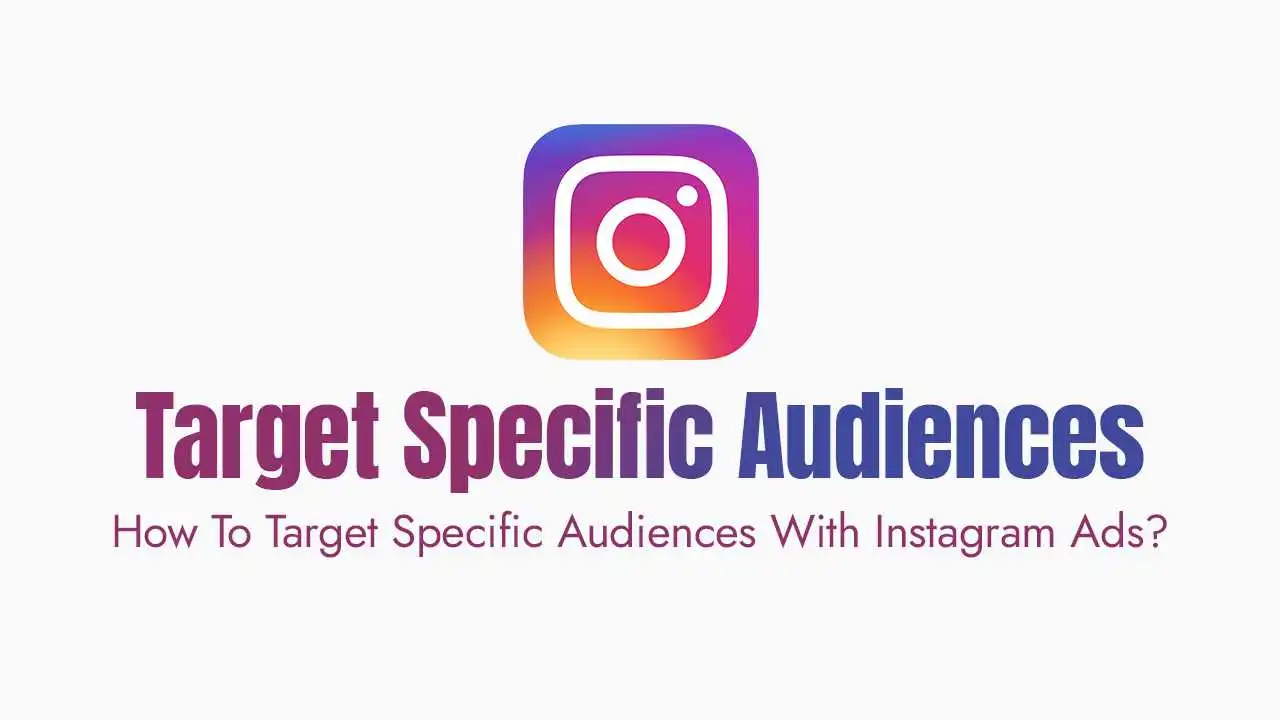To maximize the efficacy and profitability of your ecommerce influencer marketing efforts, a structured and strategic approach is vital.
Before initiating contact with any influencer, your brand must have unequivocally clear goals. Influencers should only be considered after you’ve developed a precisely defined customer persona. This should detail your target audience’s demographics, psychographics, and the ideal follower size and niche you’re aiming for.
Zach Benson, founder of Assistagram, advises beginning with a concise direct message. “Just let them know that you’re interested in working together. Keep your DM short, clear, and conversational,” Zach emphasizes. “Include the relevant accounts, a direct request, and your trade.”
When your brand’s values authentically align with an influencer’s, many will eagerly collaborate, sometimes even without direct monetary payment. Here are the primary models for compensating an influencer:
In this model, influencers are compensated based on their established rates. These rates can fluctuate significantly depending on the campaign’s scale and duration, the specific content deliverables required (e.g., number of posts, stories, videos), and any associated production costs. Top-tier influencers typically charge a flat fee per post or for an entire campaign.
The affiliate model ties compensation directly to performance. Influencers earn a percentage commission or a flat fee for each product sold via their unique tracking codes or customized affiliate links. This approach is highly attractive to influencers as it provides a direct incentive based on their ability to drive sales.
This method involves providing influencers with complimentary products in exchange for an honest review or a dedicated post. It’s particularly effective for nano and micro-influencers and for brands with high-value products.
Jason Wong, founder of Pughaus, advocates for cultivating deeper, more meaningful influencer partnerships. “Consider doing a curated bundle collaboration where influencers can pick their favorites from existing products,” Wong suggests. “If the budget and time allow, consider a capsule collaboration where influencers can sell a product that they worked with you on.” Wong asserts that these deeper collaborations lead to greater engagement because the products become intrinsically more relevant to the influencer’s audience, and creators feel more invested by being part of a larger creative process.
There is no single “perfect” method for determining influencer compensation; it is a nuanced decision influenced by factors such as follower count, engagement rate, industry niche, and campaign objectives. For brands operating with tighter budgets, leveraging options like product seeding and direct outreach can still facilitate successful collaborations.
A legally sound contract is an indispensable safeguard for your business throughout the ecommerce influencer marketing journey. It provides crucial protection against scenarios where influencers might fail to deliver on agreed-upon terms or disappear after receiving payment. A comprehensive influencer contract should unequivocally outline:
Detailed roles and responsibilities for both the influencer and your ecommerce brand.
The exact number, type, format, and schedule of content pieces (e.g., 3 Instagram Reels, 2 static posts, 1 YouTube video, 5 Stories).
Precise details on payment amounts, method (flat fee, commission, product), and payment schedule.
Crucially, whether and how your brand can repurpose and utilize the influencer-generated content on its own marketing channels, including specific usage periods and platforms.
Clauses covering disclosures (FTC guidelines), intellectual property, confidentiality, exclusivity, termination clauses, and dispute resolution.
Always use a template as a starting point, but critically, have legal counsel review and consult on all contracts you produce. This legal oversight will protect your ecommerce business from potential liabilities and ensure the influencer fully understands their obligations.
Once both parties have formally signed the contract, the exciting phase of bringing your influencer campaign to life begins. During this stage, it’s vital to actively monitor your influencers to ensure they adhere to the agreed-upon posting dates and times. Also, confirm that the content they produce aligns perfectly with your pre-approved creative brief and messaging.
To maximize the value derived from your influencer campaign, proactively promote the influencer’s content across your own official social media channels. Repost an influencer’s engaging Instagram post to your brand’s Stories, or save a compelling video and re-upload it to your company’s TikTok page (always ensuring you have the legal usage rights). This creates a mutually beneficial scenario. Your brand enhances its credibility and showcases authentic social proof through influencer-generated content. Meanwhile, the influencers you’ve partnered with gain additional exposure, helping them further expand their audience and influence.
Regardless of where you are promoting sponsored content, actively engage with the followers who comment on both your brand’s posts and your influencer’s content. Responding to inquiries, addressing concerns, and fostering conversations helps to build deeper relationships with your target audience, alleviate any pre-purchase anxieties, and provide compelling incentives for potential customers to finalize their purchase.
One of the most significant hurdles marketers face is accurately measuring the Return on Investment (ROI) of an influencer campaign. The challenge arises because influencer marketing can sometimes create an “illusion of success.” A post might garner a substantial number of likes and comments, appearing highly successful, yet fail to translate into your ultimate conversion goals. This highlights, once again, the paramount importance of establishing crystal-clear, measurable objectives before the campaign even begins.
To effectively track performance, start with readily available and often free tools such as Google Analytics, a reliable link tracker, and your dedicated store dashboard on platforms like Shopify. If your primary objective is lead generation, focus on metrics like the number of store visits and direct link clicks originating from the sponsored posts.
Other crucial ecommerce influencer marketing metrics to diligently track include:
The percentage of people who click on a link after seeing the influencer’s content.
The cost incurred for each click on a sponsored link.
A broader metric encompassing likes, comments, shares, and saves, indicating audience interaction.
A critical point to bear in mind is that influencer sales might not always be accurately attributed using a simplistic “last-touch” attribution model. A potential customer might view an influencer’s post, navigate to your ecommerce store, but then return days later to complete their purchase. In such scenarios, the sale could mistakenly be attributed to “direct traffic” rather than the influencer who initiated the customer journey.
To circumvent this attribution conundrum, proactively request that influencers promote unique, custom coupon codes or utilize specific URL parameters within the links they share. By implementing these multi-channel attribution functionalities, conversions can be precisely and accurately attributed to the individual influencer responsible for initiating the sale—regardless of the complex path a customer took to finalize their purchase.












